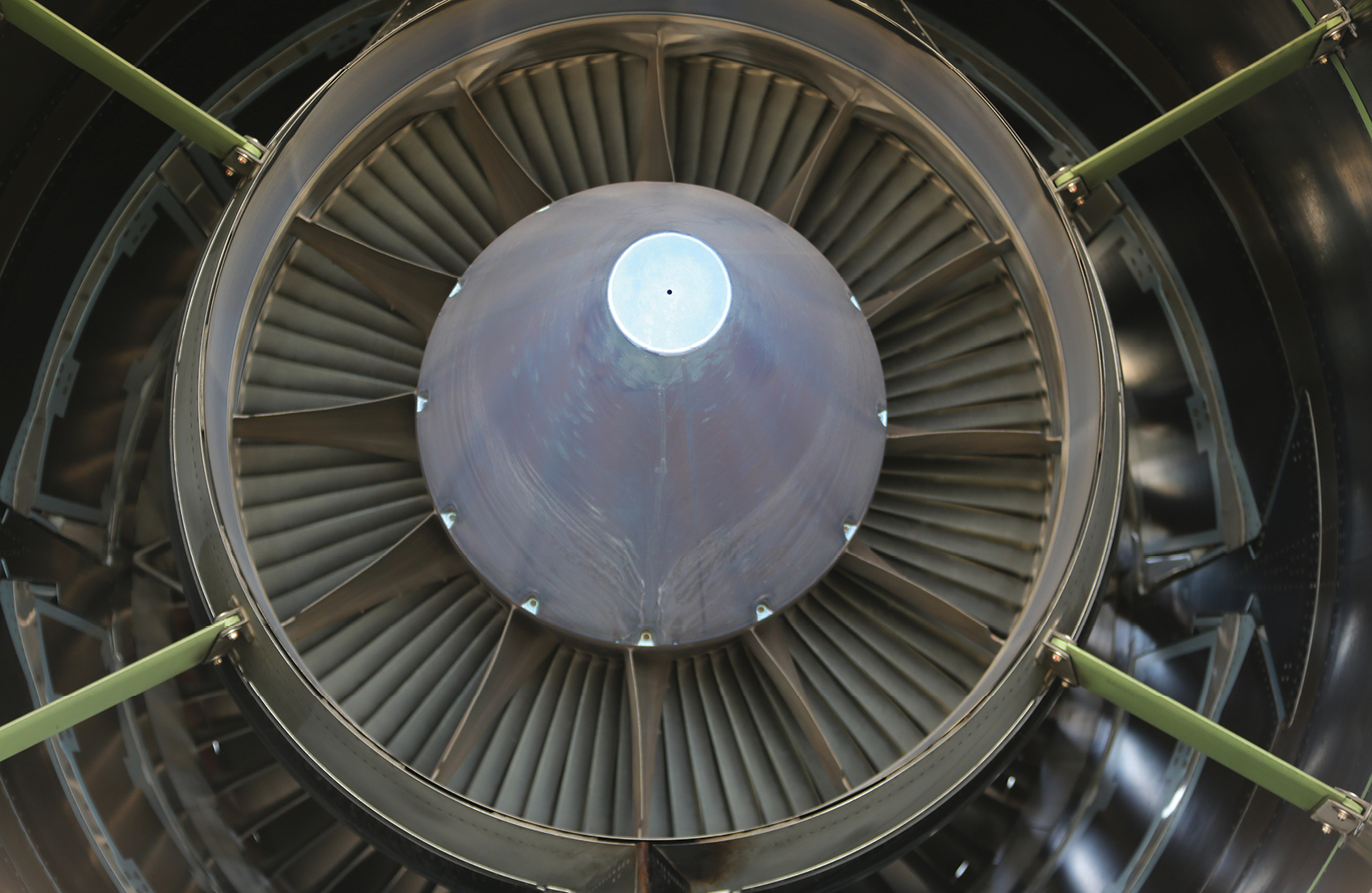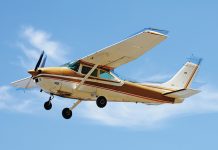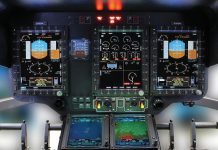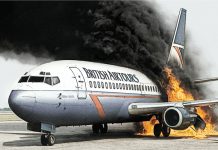For each item, chose the most appropriate response.
- On a non-computer-controlled turbofan engine such as a P&W JT15 series, if the pilot leaves the power lever set to climb power, the following will happen:
- the fan speed will increase with altitude
- the fan speed will decrease with altitude
- the fuel flow will decrease with altitude
- the fuel flow will remain the same with altitude
- A large turbofan engine such as a CFM International CFM56 produces most of its power from the fan when:
- at cruising altitude
- at sea level
- at all altitudes
- the core engine is producing more thrust
- On a large modern turbofan engine fitted to an airliner, reverse thrust is mainly achieved by:
- reversing the core engine on landing
- reversing both the core engine and the bypass flow
- reversing the bypass flow only
- reversing the core first then the bypass in sequence
- The reason the Boeing 787 has scalloped cowling trailing edges is:
- a marketing tool designed to make the aircraft unique
- to stop crack propagation in the aft nacelle
- to reduce noise when the engine is in reverse thrust
- to reduce ambient noise where the hot exhaust and cool bypass air mix at high velocity
- In a free-turbine turboprop engine:
- the gas producer section of the engine is not connected physically to the power section of the engine
- the gas producer section of the engine is connected physically to the power section
- on start-up, the propeller begins to turn as a result of turbine combustion gases passing through the gas producer turbine
- on start-up, the power turbine turns the gas producer turbine as the gas producer is downstream from the power turbine
- In a free-turbine, turboprop engine such as a P&W PT6 at cruise altitude with torque set to a constant, a dirty compressor may cause:
- an increase in ITT
- a decrease in ITT
- an increase in both ITT and FF
- a decrease in FF and an increase in Ng
- On Airbus A350 aircraft, there is a characteristic black band around the periphery of the pilot’s windshield. The purpose of the black band is:
- purely aesthetic
- because the designers wanted to set the Boeing 787 and the Airbus A350 apart as they are similar-looking aircraft
- to contribute to easier maintenance of the windshield
- to boost efficiency and safety of the aircraft by providing a medium to rapidly adjust temperatures of surrounding skin
- Some helicopters have a rotor brake which:
- is mandated for engine starting
- locks the power section of a turbine engine so the rotor system does not rotate, while allowing the engine to be started
- is used at the pilot’s discretion only when embarking and disembarking passengers
- allows the rotary components extra time between overhauls
- Turbine blade creep is usually caused by:
- rotational speed above design limits
- thermal shock exceeding design limits
- rotational speed and temperature exceeding design limits
- turbine blade material below specification
- A turbofan engine on a modern airliner that suffers a bird strike may make a popping sound. The sound is caused by:
- the engine breaking up internally
- the airflow through the bypass duct being disrupted
- the compressor section stalling because of damage to that part of the engine
- the flame front progression to the tail pipe
- A light jet such as a Learjet 35 series lands on a wet runway. After landing, engineers find a ‘flat spot’ on the tyre. This is most probably caused by:
- excessive braking leading to a wheel lock-up
- an unserviceable ‘anti-skid’ system
- a tyre skidding on the wet surface causing steam to be produced and burning the tyre
- none of the above
- The proposed Part 43 regulations for maintenance of aircraft used in private and aerial work operations are relevant to:
- registered operators
- aircraft owners
- maintainers of aircraft
- all of the above
- The proposed Part 43 maintenance regulations can be used for private operations of:
- sport and recreational aircraft – Part 103 of CASR
- balloons and hot air airships – Part 131 of CASR
- large drones – Part 101 of CASR
- VH-registered aircraft
- Under the proposed Part 43 regulations, the person who can perform an annual inspection is:
- an A1 LAME working in a Part 145 maintenance organisation
- a B1 LAME with an inspection authorisation (IA)
- a B2 LAME with an inspection authorisation (IA)
- an AMTC (aircraft maintenance technician certificate) holder
To view the answers, go to the next page using the page navigation buttons below.





